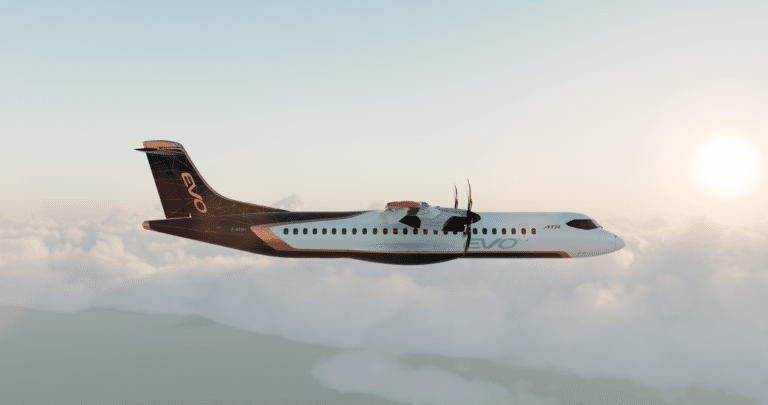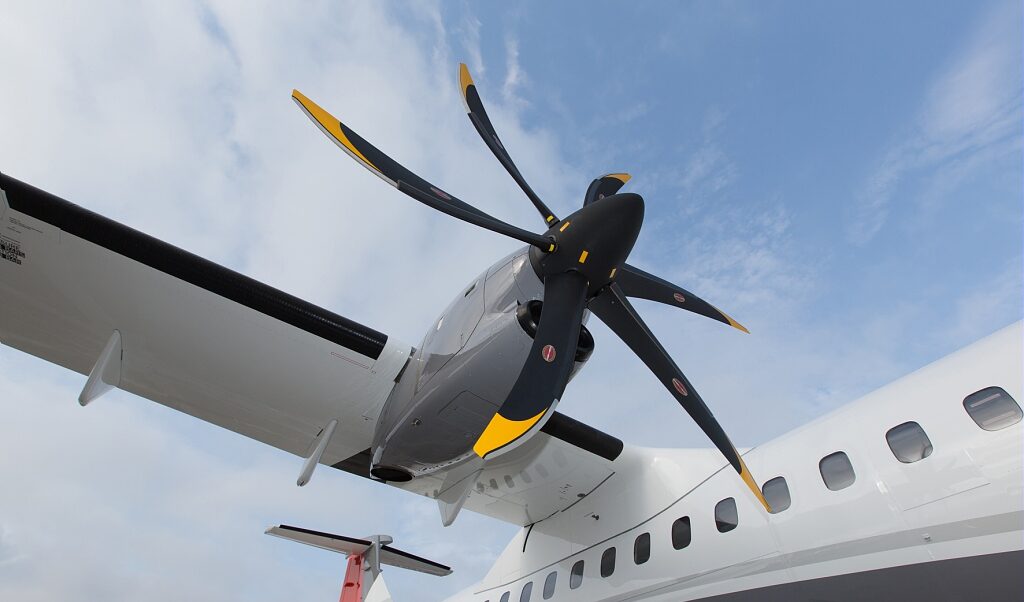Blade pitch is the angle at which the blades of an aircraft propeller or helicopter rotor intersect the plane of rotation. This crucial aspect of aircraft design is fundamental to how effectively an aircraft can convert engine power into thrust. The concept of blade pitch is similar to that of a car gearbox, where variations in angle can significantly affect the performance characteristics of the aircraft at different speeds. In aviation, blade pitch is categorised as ‘fine’ or ‘coarse’. Fine pitch means that the blades are set at a lower angle relative to the plane of rotation, which is optimal for lower speeds and improves take-off and climb performance. Conversely, a coarse pitch sets the blades at a higher angle, which is ideal for high-speed cruise efficiency and better fuel economy. Variable pitch propeller technology allows the blade pitch to be dynamically adjusted to suit different phases of flight, such as take-off, climb, cruise and landing. This adaptability ensures the aircraft operates at maximum efficiency in a variety of conditions.
During takeoff and climb, a finer pitch is used to maximise low-speed thrust. As the aircraft transitions to cruise, the pitch is adjusted to a coarser setting to optimise high-speed performance and maintain fuel efficiency. The effectiveness of the blade pitch in propelling an aircraft forward is dependent on its angle of attack, which is the angle between the chord line of the blade and the oncoming air. Adjusting the blade pitch helps to maintain the optimum angle of attack at different airspeeds. For instance, as an aircraft accelerates, the effective angle of attack of the propeller blades decreases; thus, increasing the pitch is necessary to sustain efficiency. Blade twist is another critical factor in propeller design. As the speed of a propeller blade varies from hub to tip, the blades are often twisted. This twist ensures that the angle of attack remains relatively constant along the length of the blade, allowing for uniform thrust generation and efficient performance. Propellers on turboprop aircraft often have sophisticated mechanisms for adjusting blade pitch. This capability is crucial during operations like feathering and thrust reverse, where rapid changes in blade angle are necessary to control the aircraft’s thrust in adverse conditions or during landing. In summary, blade pitch is a pivotal element in the design of aircraft propulsion systems. Its proper adjustment and control are vital for achieving desired performance levels, ensuring safety, and optimising operational efficiency across various flight conditions.








